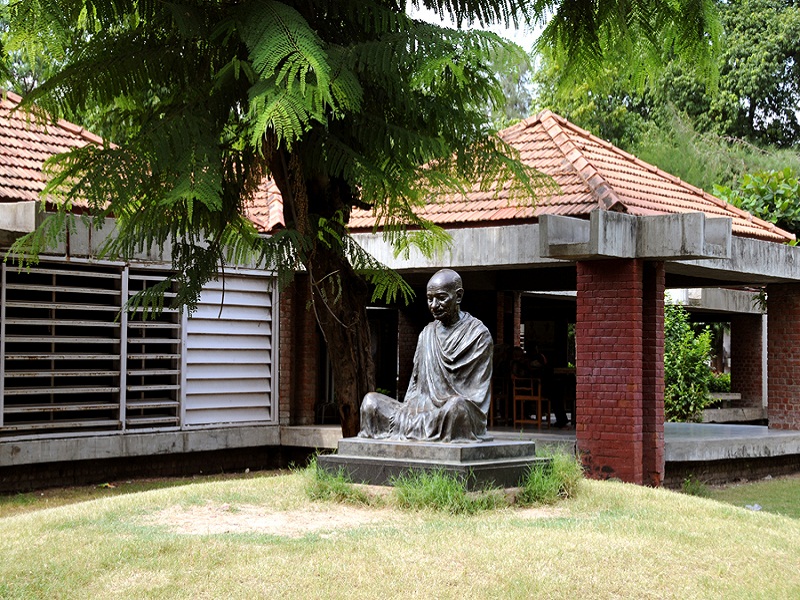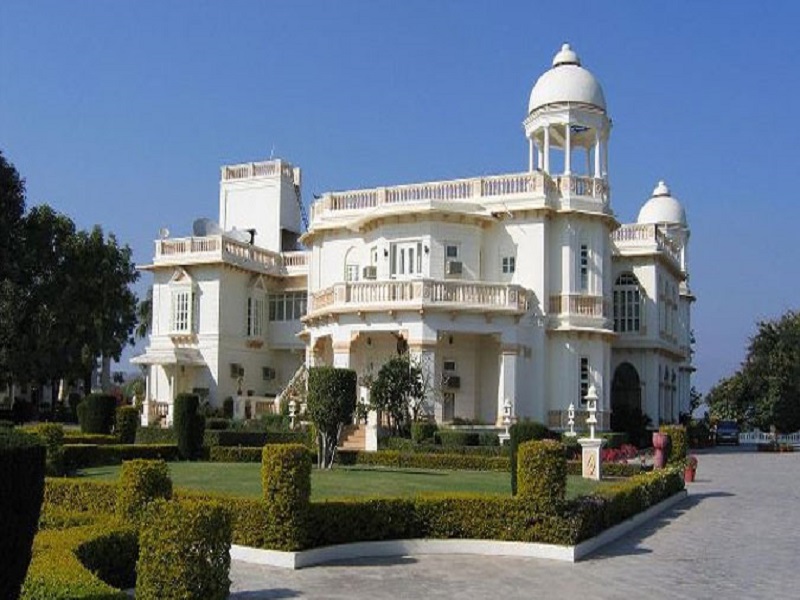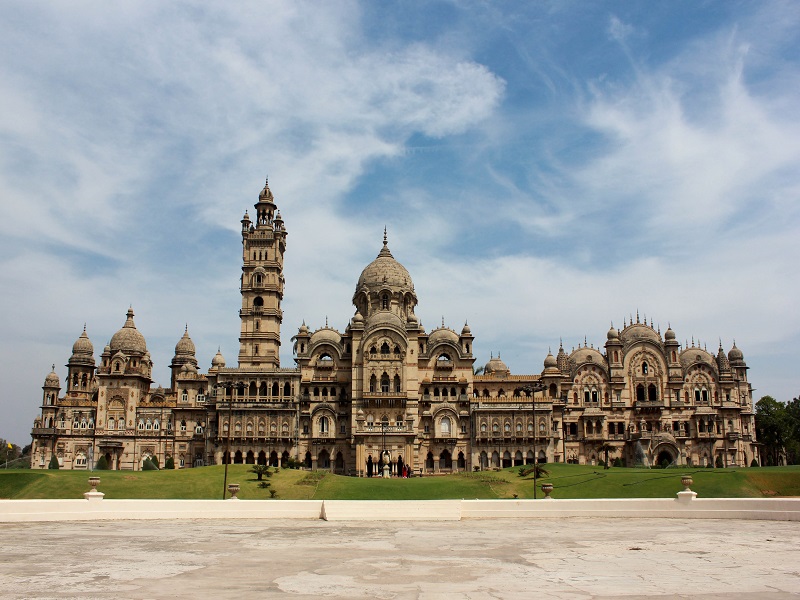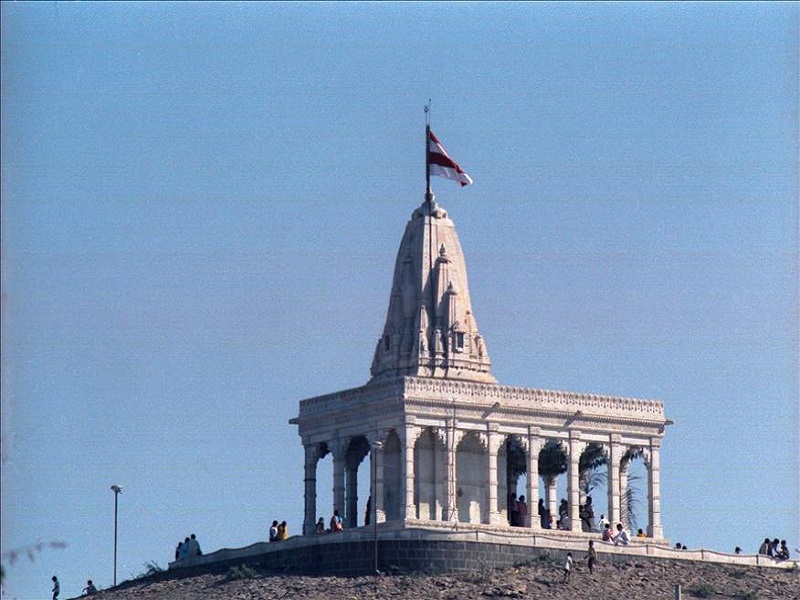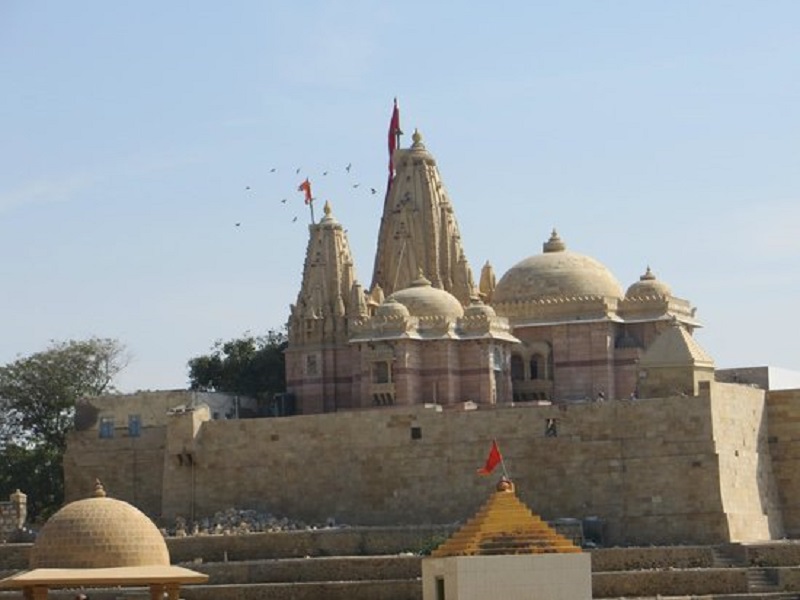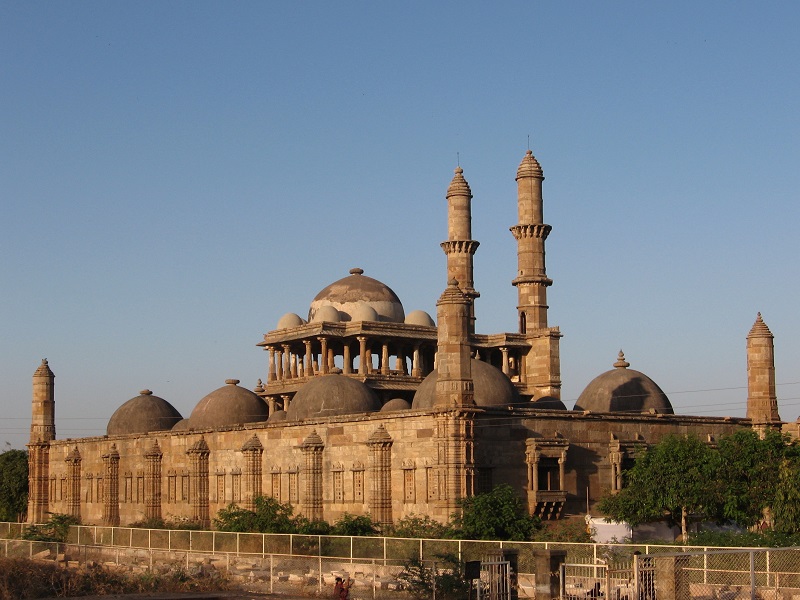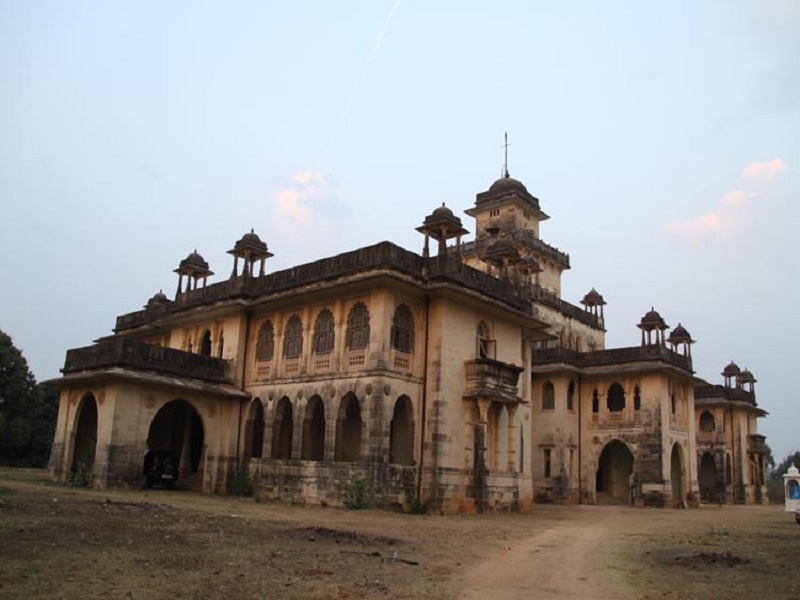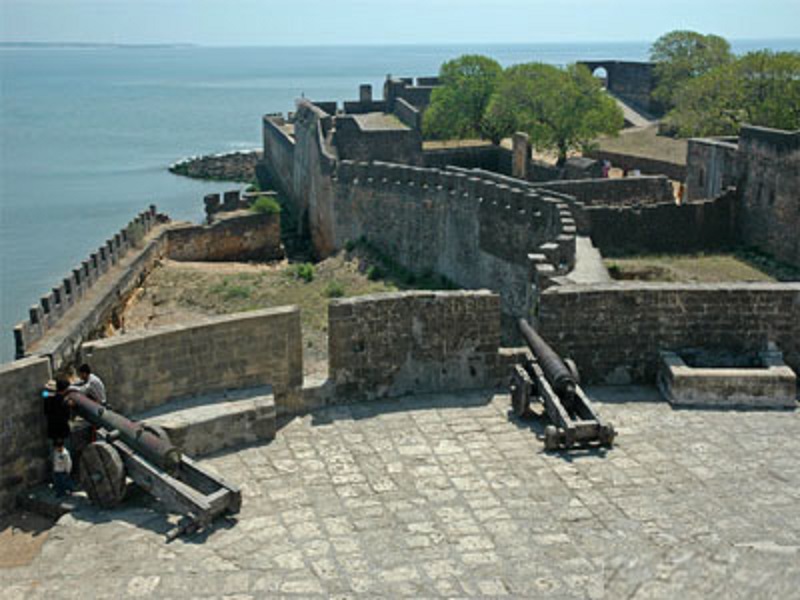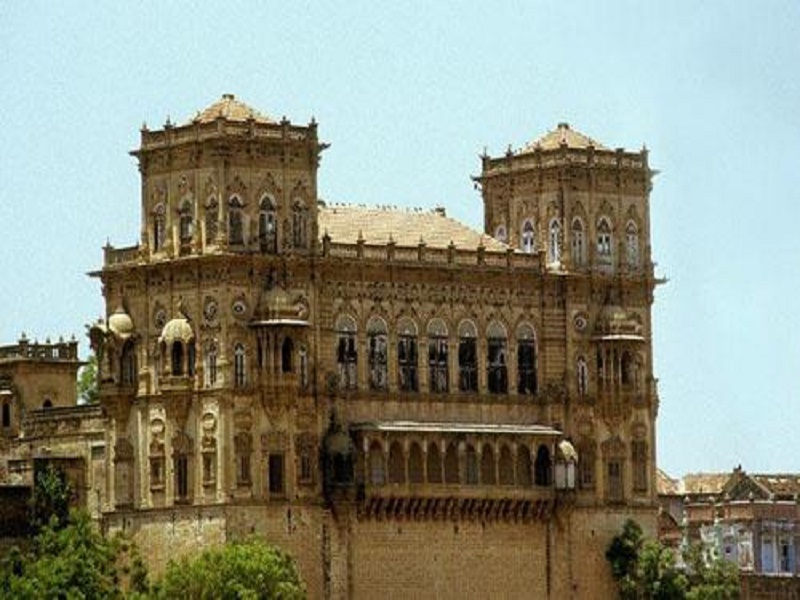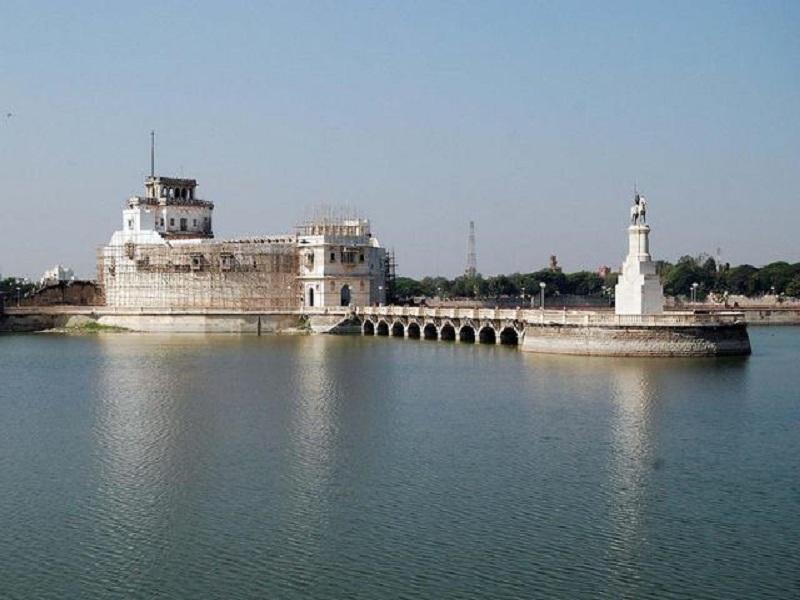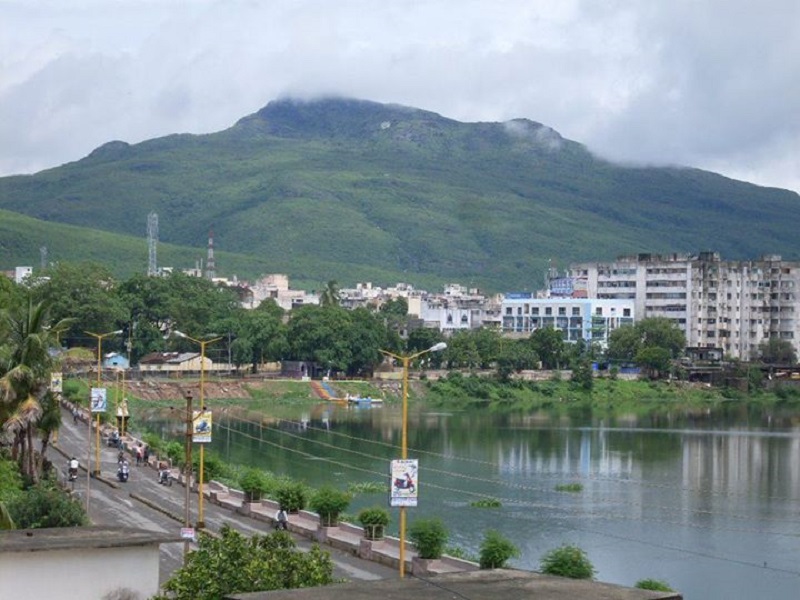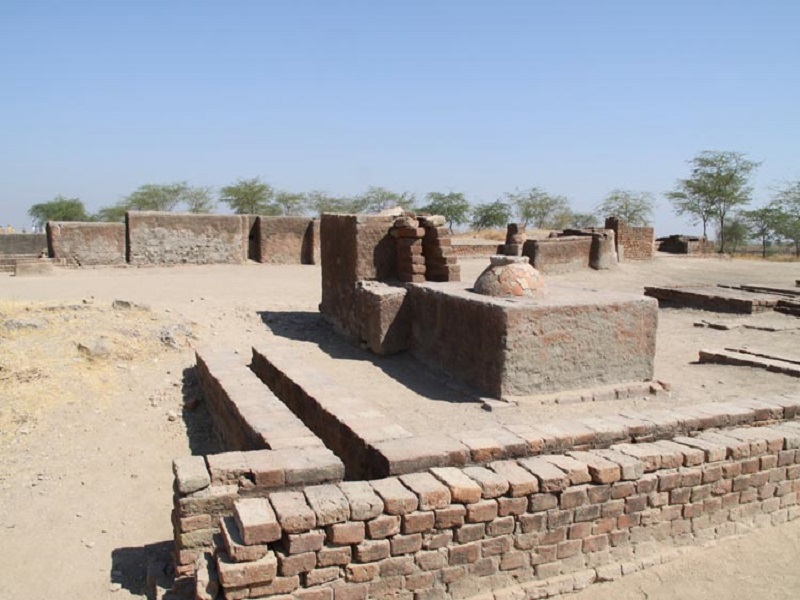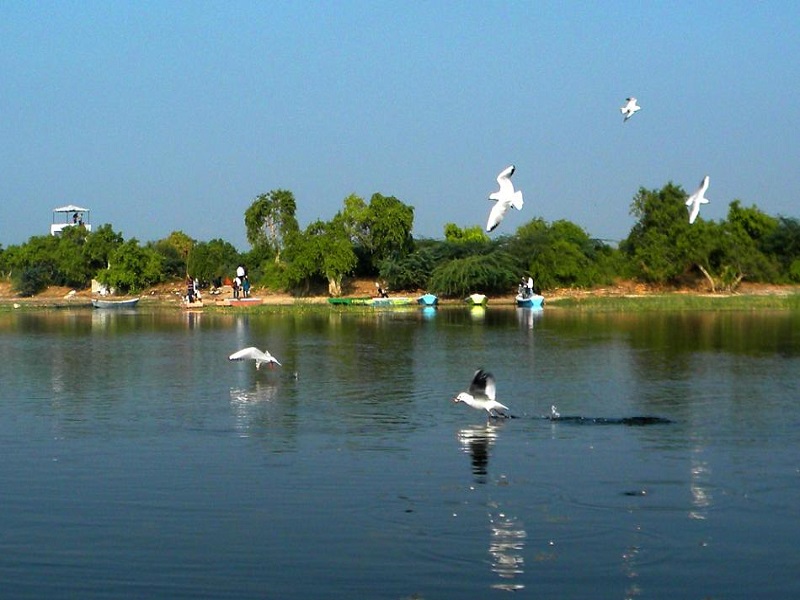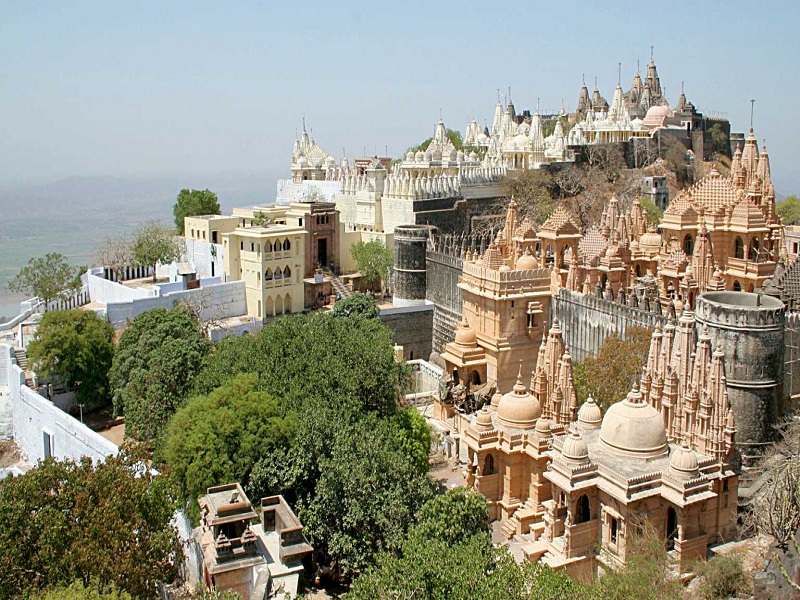- Ahmedabad was founded by sultan ahmad shah in the year 1411 a.d with Blessings of his spiritual adviser shaikh ahmad khattu ganj baksha of Sarkhej at the site of an old town of ashawal and karnavati. Ahmedabad grew In wealth and splendour for a hundered years and became the centre of Skilled craftsmen and merchants. . .
- The historical city of Baroda is often referred as Vadodara- the place of Banyan tree. Prior to independence, it was the capital of princely Gaekwad State that gave rise to the great rulers like Maharaja Sayaji Rao III. He gave a distinct look to the city and today it is reputed as a pleasant city that offers some interesting museums and art galleries.Its also known for its university and its faculty of fine arts, An institution which has been responsible for the emergence of the vadodara School of contemporary indian painting and as a thriving industrail Centre. . .
- Bhavnagar was founded by bhavsinhji gohil in 1723 a.d. near the gulf of Khambhat on a carefully chosen strategic location having potential of Maritime trade. The gohil rajputs came to gujarat from marwar in 1260 a.d And had 3 capitals - sejakpur, umrala and sihor, before finally Establishing bhavnagar as their capital. . .
- It is an ancient fort located at the foothills of pavagadh. The town Derives its name from the champa tree or from champaraj - founder of the Town, a contemporary of king vanraj chavda of anhilwada. The entire Landscape for miles around is scattered with remains of fort walls, ruined Tombs, gardens, arches, pillars, and wells. Champaner reminds the visitor Of other such great deserted towns of india - mandu , hampi, orchha and Fatehpur sikri. . .
- The rathwa community stays in chotta udepur area of guajrat. They are Described as small & marginal farmers. Their supreme deity is baba dev. The Tribal people beleive in badhas and bhuvas are the people who remove them, Using religious rituals. Pithoro also know as " pithoro baba " is an Important deity of the rathwas. For the rathwas, this deity is very much Alive, pithoro withnesses all the good and bad events of their lives. Whenever a rathwa is in trouble, pithoro is invoked. . .
- Diu was a Portuguese colony until it was taken over by India in 1961 and was made a Union Territory rather than as part of Gujarat. The former colony includes the island of Diu itself, about 13km long and three km wide, separated from the coast by a narrow channel. There are also two tiny mainland enclaves. One of these, on which the village of Ghoghla stands, is the entry point to Diu if you arrive through the town of Una. . .
- Founded in 1540, Jamnagar is the Abode of the Jam- the Jadeja Rajput rulers of Nawanagar. The city was built around the small Ranmal Lake. For centuries it was renowned for its pearl fisheries, a naval base of some importance, and a certain type of tie-and dye fabrics. Today, it is more popular for having the only Ayurvedic University in India and a temple listed in the Guinness Book of Records. . .
- Junagadh, was the capital of the Junagadh state, under the muslim rulers of Babi Nawabs. In Gujarati " Junagadh " literally means ancient fort. The Junagadh town is located at the foothills of the sacred hill of Girnar and occupies a special place in the history of Gujarat. The history of Junagadh is chequered by the rules of the Mauryans, Kshatrapas, Guptas, Vallabhis, Chudasamas, Gujarat Sultans and Babi Nawabs. Junagadh, at different times in history, was under the influence of four major religions . . .
- Around 7 kms from the property, archaeological ruins of the 2400-1600 BC Indus Valley citadel with dockyard, acropolis, bead factory and a site museum. Explore the sight and travel back into the time of yore. Nearest railway station is Lothal Burkhi, which is located at a distance of 5 kms. Luxury coaches and buses are available from Ahmedabad. . .
- Built in 1026 ad during the reign of the solanki king bhima -1, modhera Surya mandir marks the peak of revolution in indo-aryan hindu temple form Typology. It is positioned in such a manner that the rising sun's rays Illuminate the deity in the inner most sanctum sanctorum through the main Entrance at the time of equinox only. With its grandeur, elegance and Clarity it only rivals it contemporaries at konark and khajuraho but Arguably surpasses them in it symbolic overtones and spiritual setting with Placement of the water kund integral to the complex. . .
- Situated 54 kms from the city of Ahmedabad is the bird sanctuary, Nalsarovar. It is the largest bird sanctuary in Gujarat and can boast of its scenic beauty as well as its feathered inhabitants. The Nalsarovar Bird Sanctuary is the abode to a large species of our feathered friends. The sanctuary is visited by more than two hundred species of migratory birds in winter. . .
- Palitana is a major tourist destination for those who want to witness a unique fusion of human enterprise, architectural skills, philanthropy and religious fervor. The town was an imperial Thana during the Mughal era, which grew into the capital of Palitana State of the princely Kathiawad. Today, the temple-clad summit of Shatrunjaya offers a breathtaking spectacle for the tourists and visitors alike. . .

